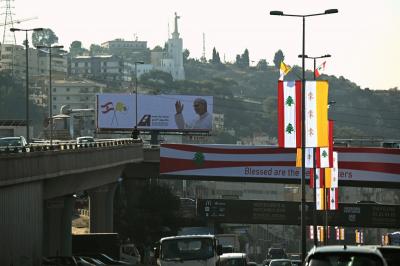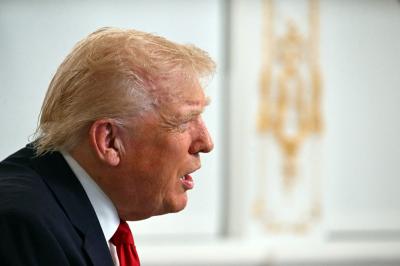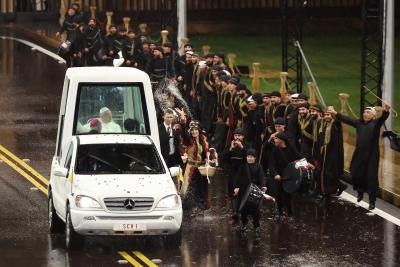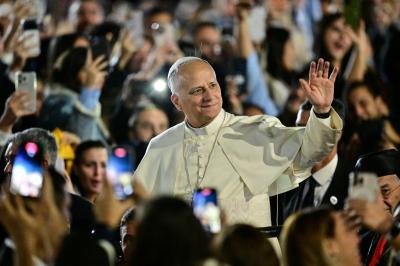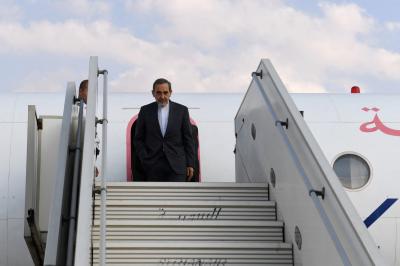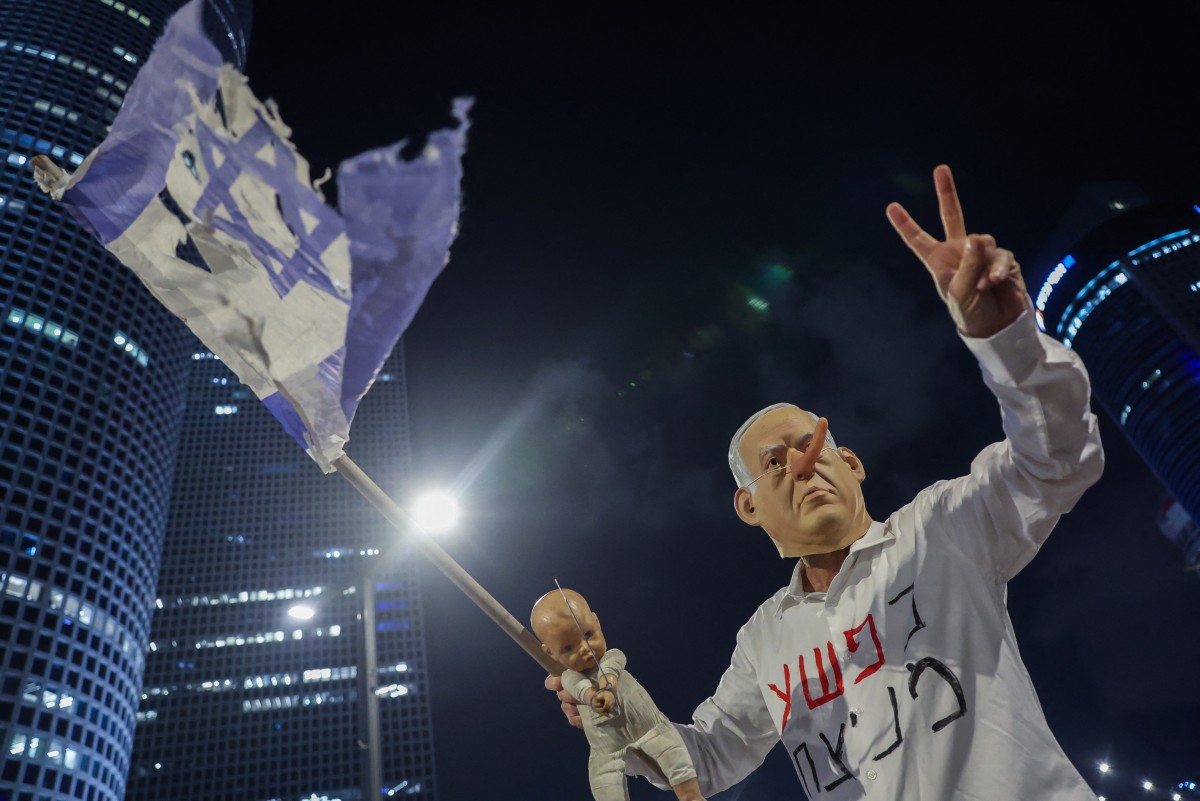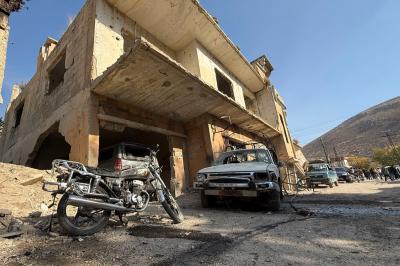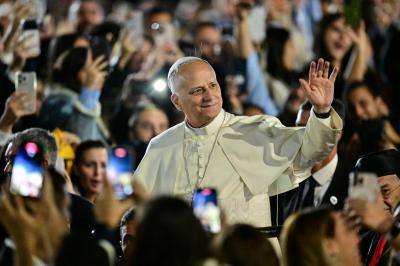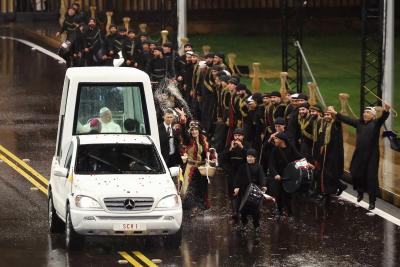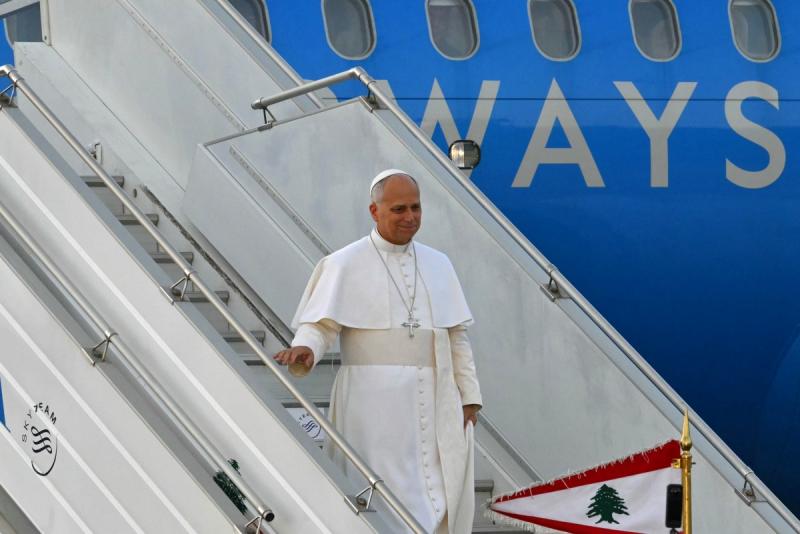As Israel’s internal crisis deepens, both politically and socially, the government has chosen to push forward with an aggressive settlement plan aimed at fragmenting the West Bank—particularly its northern and southern regions—in a demographic reshaping project that has never truly ceased. This latest iteration focuses on Jerusalem, even as the government presses on with its military campaign in Gaza.
At the same time, Prime Minister Benjamin Netanyahu made unprecedented remarks declaring his belief in the concept of “Greater Israel,” dashing what little remained of prospects for a negotiated settlement with the Palestinians and any wider peace with the Arab world.
Facing mounting domestic opposition and just days before a mass strike scheduled for August 17, Netanyahu’s government sought to deflect by reviving its long-standing dream of annexing the West Bank and pushing its Palestinian inhabitants toward Jordan. The move comes as international momentum grows in support of a Palestinian state. But with local elections still over a year away, the plan appears tailored less for diplomacy than for shoring up internal political ground in the interim.
E1 and the Erosion of a Palestinian State
At the heart of the latest push is the so-called “E1” plan, an area of roughly 12 square kilometers stretching between the Ma’ale Adumim and Pisgat Ze’ev settlements in Area C, under Israeli control per the Oslo Accords. The targeted zone includes the Palestinian towns of Anata, Issawiya, Az-Za’ayyem, Al-Eizariya, and Abu Dis—marked for removal to pave the way for linking Ma’ale Adumim with East Jerusalem, severing the city from its Palestinian surroundings and preempting the foundation of a Palestinian state.
The plan, first conceived after Israel’s capture of East Jerusalem in the 1967 war, would effectively cement the path toward full annexation of the West Bank. For years, Israeli right-wing leaders have promised such measures, especially since the “Al-Aqsa Flood” war, regardless of whether they could be fully implemented.
Israel has already laid much of the groundwork: building infrastructure and roads, announcing thousands of new housing units, and carving the West Bank into disconnected enclaves. Palestinian life is being made increasingly untenable, driving “voluntary migration” through forced evictions, land confiscations, demolition of homes, and the displacement of Bedouin communities across the eastern slopes, the Jordan Valley, and Khan al-Ahmar.
A key feature is the construction of Jewish-only neighborhoods such as “Mevaseret Adumim,” comprising more than 3,000 settlement units. Palestinians are barred from using roads in the planned zone, which are being reserved exclusively for settlers and reinforced with highways and tunnels linking settlements in the West Bank to those around Jerusalem.
Ultimately, the project envisions a “Greater Jerusalem” of 600 square kilometers—about 10% of the West Bank—effectively cutting the city off from Palestinian life, tilting demographics in Israel’s favor, blocking Palestinian urban growth, and physically separating Ramallah in the north from Bethlehem in the south. The result: a patchwork of “cantons” that make a viable Palestinian state nearly impossible.
A Foundational Awakening Against Netanyahu
Yet despite these ambitions, Netanyahu’s government has failed to suppress mounting domestic opposition. The recent “People’s Strike,” mobilized by the opposition and joined by families of hostages held by Hamas, marked a turning point.
The strike triggered frantic reactions from government figures, underscoring the blow dealt by this new grassroots movement. More importantly, it sparked a new sense of awareness among Israelis about the crisis their country faces—reflected in polls showing majority sympathy with the protests, even if only a minority actively took part.
Supported by labor unions, universities, artists, and major corporations, the strike spanned 350 sites and drew hundreds of thousands. While it stopped short of full-scale civil disobedience, it managed to paralyze key arteries of the Israeli economy and transportation networks. The opposition is now calling for millions more to join in upcoming demonstrations.
Still, the opposition faces formidable challenges: forging unity across its factions and presenting a coherent platform for the next elections. Ousting Netanyahu in the near term remains exceedingly difficult.
Netanyahu, for his part, has doubled down. With the Gaza war nearing its second year, he cannot afford to appear weak. He is betting on time to shield him from trial, on dividing opposition demands, and on exploiting rifts within the anti-government camp. He continues to reject any ceasefire, signaling he may even mobilize his supporters to create chaos if necessary.
Declaring once again his intent to achieve “total victory” in Gaza, Netanyahu faces mounting questions about his repeated claims of triumph over the past two years, and about the feasibility of achieving such a goal.
Looking ahead, he could attempt to trade a freeze on parts of the West Bank for a long-term truce in Gaza, though such a maneuver is unlikely to appease Arab states demanding an outright end to the war. If anything, Netanyahu may resort to more hardline positions to project defiance against international, regional, and domestic pressure.
New military ventures abroad cannot be ruled out either, in Syria, Lebanon, or beyond. Netanyahu views himself as carrying out a “historic spiritual mission,” even as the countdown to elections intensifies. This comes against the backdrop of Israel facing attacks from Yemen, security lapses exposed in the conflict with Iran, and an emboldened opposition at home.
For now, time may prove Netanyahu’s greatest adversary—gradually eroding his government’s standing, straining Israel’s economy and society, and accelerating the decline of its international reputation.
Please post your comments on:
comment@alsafanews.com
 Politics
Politics
